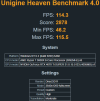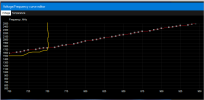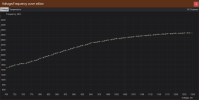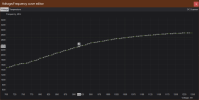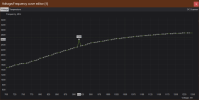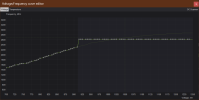There's perhaps a bit of confirmation bias for me here. Hogwart's Legacy and Witcher 3 are two of the maybe 4 recently released or updated AAA games I've played through on the 4070 and both had VRAM problems. Witcher 3 wasn't so bad, I could play for like 45mins to an hour before having issues at which point I take a smoke break and relaunch the game (1440p DLSS Quality fully maxed out including RT and framegen).A concern is the price range might be more than $200 in practice as the 4070ti S doesn't have an FE model to anchor MSRP.
But isn't that the case for the most part? There's always going to be the exceptions. For instance with last gen things like the Farcry 5 texture pack would also overwhelm 6GB VRAM (same relative ratio) which was the VRAM for the most popular card by far (the 1060 6GB).
Maybe most modern games don't have these problems, but about half of the ones I've played do. And these were games that had been reported to be fine on 12GB.


